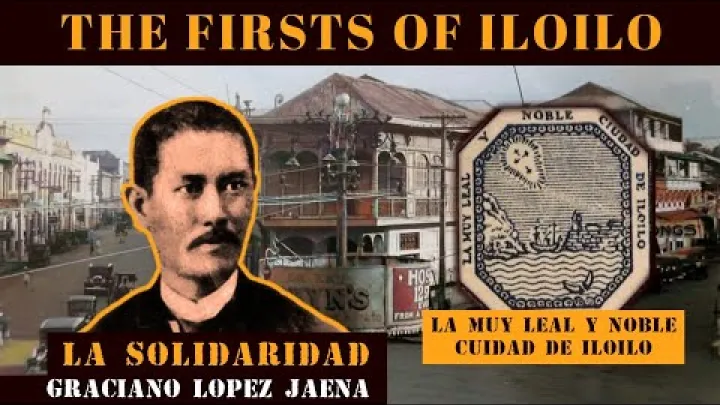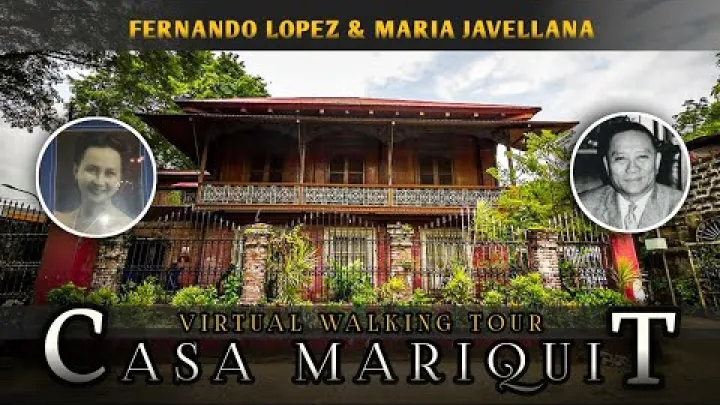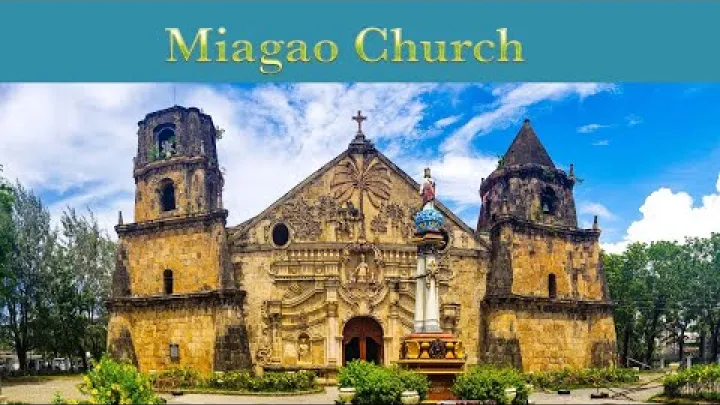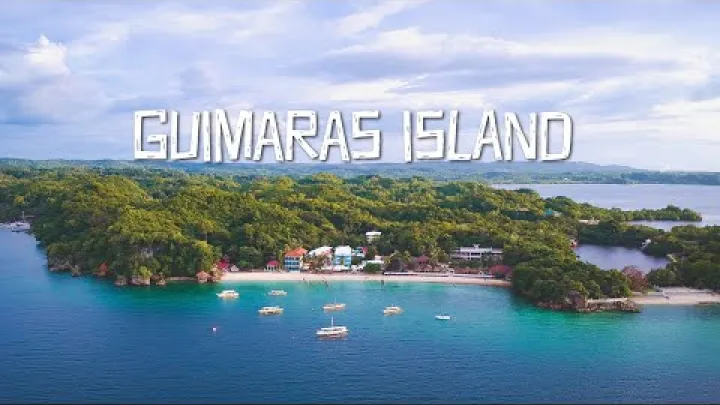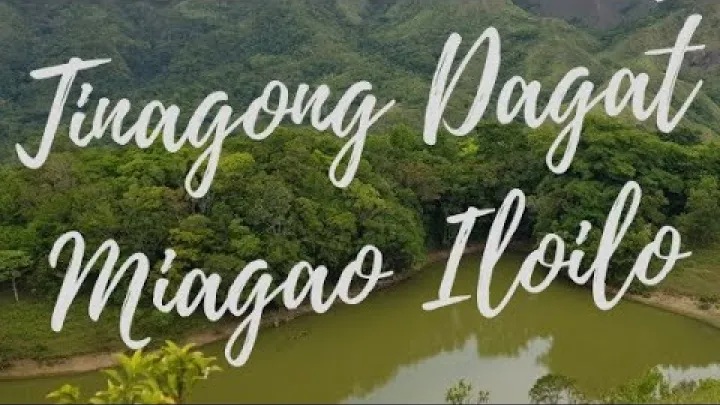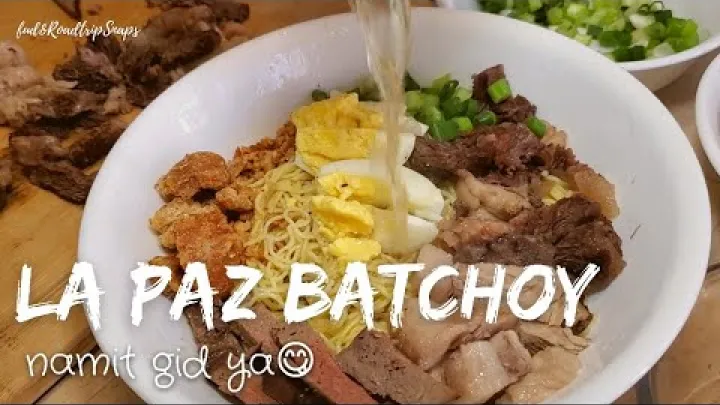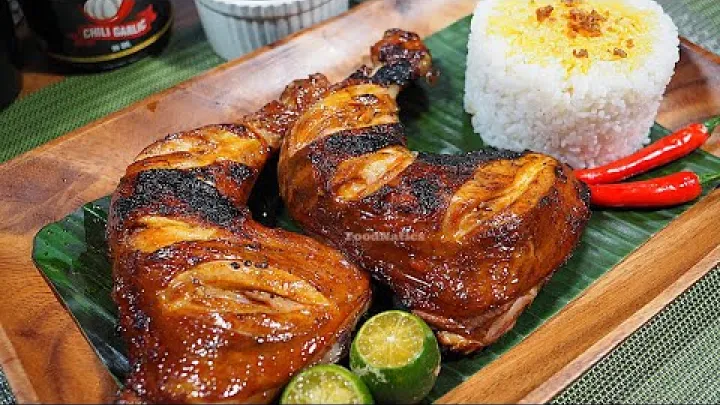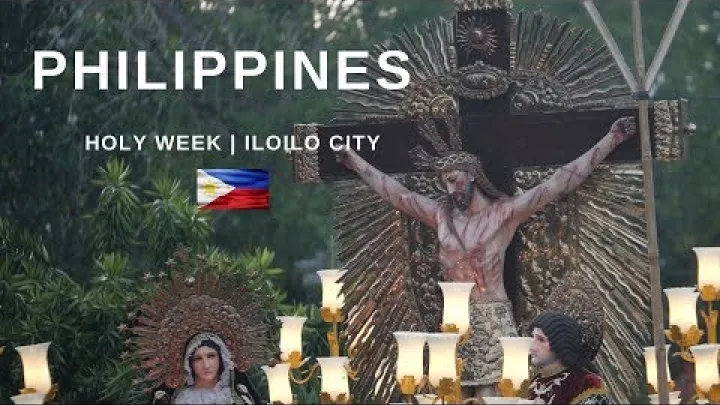Exploring Iloilo: Discovering the Heart of The Philippines
History of Iloilo
Iloilo City is a picturesque destination in Visayas, Philippines, known for its pristine beaches, delicious seafood, and stunning historical attractions. The city has a rich cultural heritage dating back to pre-colonial times. Over the centuries, it has undergone several transitions and experiences, shaping its unique identity today. If you're a history enthusiast, there's no better place to explore the secrets of the past than in Iloilo. In this blog post, we will take a closer look at the history of Iloilo, showcasing its fascinating stories and recounting its glorious past.
Pre-colonial Era
Before the arrival of the Spanish in 1570, Iloilo was already known to the ancient Chinese as one of the principal settlements in the Visayan region. The local chieftains were friendly with the Chinese traders, and through their dealings, the city became well-known for its agricultural resources, including rice, sugar, and dye. Early records mentioned that the natives of the region worshipped various deities and had a social hierarchy based on their role in the community.
Spanish Colonization
When the Spanish arrived in the 16th century and established their settlements in the Visayan region, they were initially met with resistance from the locals. However, over time, the Spaniards had become more successful in converting the natives to Christianity through their missionary work. During this period, the city saw the construction of several churches and public buildings.
World War II
During World War II, Iloilo City was one of the toughest places to live in during the Japanese Occupation. The city was bombed heavily, with many buildings being destroyed. The event caused the death of many civilians, leaving a significant impact on their community. After the liberation of the Philippines from Japan, Iloilo City struggled to rebuild, and significant efforts were made to restore its grandeur.
Historical Sites
One of the best ways to explore Iloilo is by visiting its many heritage sites. From the impressive Miag-ao Church that dates back to 1787, to the centuries-old Calle Real in Iloilo City, there is no shortage of historical destinations to explore. If you’re feeling adventurous, take a day trip to San Joaquin where you’ll find the iconic Kamalig, an old Spanish-style home that has been preserved for generations.
Jaro Cathedral
The Jaro Cathedral, also known as the Cathedral of St. Elizabeth of Hungary, was originally built in the late 18th century but was destroyed by an earthquake in the 1800s. It was then rebuilt in the Gothic Revival style in the early 20th century. The cathedral has been a symbol of religious faith and cultural heritage in Iloilo for centuries and is home to several religious artifacts and relics. When you step inside the Jaro Cathedral, you’ll be transported to a different time and place. The Gothic Revival architecture is truly breathtaking, with towering archways, stained glass windows, and intricate carvings on every surface. The cathedral’s bell tower is also a sight to behold, reaching up to the sky and providing a stunning backdrop for photos.
Casa Mariquit
Casa Mariquit is named after its original owner, Mariquit Javellana-Lopez. The house was built in the early 1900s and is an excellent example of the traditional architecture of the region. The house later became the residence of the Javellana family, who were prominent plantation owners in the area. During World War II, the family fled the house and it became occupied by Japanese soldiers. After the war, the house was restored and modernized. It was eventually donated to the National Historical Institute in 1980, which turned it into a museum.
Miag-ao Church
Based on historiography, the construction of the Miag-ao Church started in 1787 and was completed 10 years later. Its design was created by Iloilo's Spanish Augustinian friar, Father Thomas de la Espina. The symbolic elements of this church aim to spread the Catholic faith among the locals. In 1993, UNESCO declared Miag-ao Church a World Heritage site, recognizing it as a cultural treasure of the Philippines. The facade of Miag-ao Church is the first thing that catches your attention when approaching the church. It is intricately designed with Baroque-Romanesque architecture, which is characterized by its boldness and grandeur. The facade displays the life and struggles of Saint Christopher, who is depicted carrying the Christ child on his shoulders while crossing a river. The two towers symbolize the walls of Jericho that Joshua's army destroyed, and the eggs seen on top represent the fertility of the land.
Natural Attractions
Iloilo is known for its stunning landscapes, so it would be a shame not to take advantage of all the outdoor activities available. Take a day hike up Mt. Igabu, or go kayaking along the Iloilo River. If you’re looking for something a little more laid back, take a boat ride to Isla de Gigantes and spend your day exploring its many beaches.
Islas de Gigantes
Islas de Gigantes, also known as the "Islands of Giants" is a group of picturesque islands located in the northern part of Iloilo. These islands were once off-limits to tourists due to their rough terrain and isolated location, but with improvements in transportation and infrastructure, Islas de Gigantes has become one of the top tourist destinations in the province. Visitors can spend a day soaking up the sun on the white sand beaches, exploring the natural rock formations, or swimming in the crystal-clear waters. Be sure to try the fresh seafood, particularly the scallops, and oysters, which are abundant in the area.
Guimaras Island
Guimaras Island is a small island paradise located just a short ferry ride away from Iloilo City. The island is known for its sweet mangoes, but it also boasts several natural attractions such as the stunning Alubihod Beach, where you can go snorkeling or just relax in the sun. There's also the Trappist Monastery, a peaceful and serene place surrounded by lush greenery, and the Guisi Lighthouse, an ancient landmark that offers a panoramic view of the sea and the island.
Tinagong Dagat
Tinagong Dagat, which translates to "hidden sea," is a hidden gem located in the municipality of Barotac Nuevo in Iloilo. This serene lake is a natural wonder as it is located above sea level. Visitors can take a hike to the top of the hill to reach this hidden lake, surrounded by lush greenery and towering trees. The calm and clear water of Tinagong Dagat is perfect for swimming and picnicking.
Sicogon Island
Sicogon Island is another must-see destination in Iloilo. It is a serene and peaceful island surrounded by crystal-clear waters that are perfect for swimming, kayaking, and snorkeling. Visitors can also explore the island's lush tropical forests by hiking its numerous trails. Sicogon Island is ideal for nature lovers, as it is home to a wide array of flora and fauna.
Famous Cuisines
No visit to Iloilo would be complete without sampling some of the local cuisine. From traditional dishes like la Paz Batchoy and Pancit Molo, to modern takes on classic dishes like grilled tuna panga and sizzling bulalo, there’s something for everyone in Iloilo. Don’t forget to try the famous Iloilo City Lapaz Batchoy—a hearty noodle soup made with pork liver, chicken, pork cracklings, and a special mix of spices—and the just-as-tasty Iloilo lechon, which is roasted pig served with garlic rice.
La Paz Batchoy
La Paz Batchoy is a noodle soup that originates from the city of Iloilo. The dish consists of egg noodles (the thicker ones locally known as "miki"), pork meat, intestines, and liver, and is topped with chicharron bits. The soup is typically seasoned with garlic, onions, fish sauce, or patis. The amazing flavors of this dish have made it incredibly popular not only in Iloilo but throughout the country.
Inasal
Inasal is a traditional dish from the Barbecue City of the Philippines, Bacolod, but has become a staple in Iloilo's culinary scene. It is a type of grilled chicken that is marinated in a mixture of vinegar, annatto oil, lemongrass, garlic, and calamansi juice. The chicken is then grilled over live charcoal, giving it a smoky and char-grilled flavor. This dish is best complemented with garlic rice, calamansi, and soy sauce.
KBL (Kadyos, Baboy at Langka)
KBL, an acronym for Kadyos, Baboy at Langka, is a hearty soup made with pork meat, kadyos or pigeon peas, and unripe jackfruit. These ingredients are simmered together with garlic and onions until the pork is tender and the flavors are blended. This popular Ilonggo dish is typically served with rice and is a fantastic comfort food.
Pancit Molo
Pancit Molo is a dish similar to dumplings, consisting of pork wrapped in thin wonton wrappers and served in a savory broth. The dish may look delicate, but the flavors are bold and rich, thanks to the addition of chicken broth, garlic, ginger, and onions. It is best enjoyed during colder months as it provides warmth to the tummy.
Festivals
Iloilo province in the Philippines is known for its rich history, charming colonial architecture, and delicious seafood. But one thing that sets Iloilo apart from other tourist destinations in the country is its colorful and vibrant festivals. Throughout the year, Iloilo hosts some of the Philippines' most celebrated festivals that showcase the region's folk traditions, culture, and religious devotion. From the lively Dinagyang Festival to the solemn Holy Week procession, here's a guide to the top festivals in Iloilo Philippines that you should experience at least once in your life.
Ati-Atihan Festival
Ati-Atihan Festival considered the “Mother of all Philippine Festivals,” is a week-long extravaganza on the island of Panay. The festival started as early as the 13th century when Malay natives of Panay gifted black-skinned Ati people the land now known as Aklan in the Philippines. A tribute is made on the third Sunday of January to the Ati's ancestors in the form of a religious feast. Dubbed “The Festival of Festivals,” the event is a dance showdown among tribal groups that highlight the culture of the Ati tribe. Revelers smear themselves with charcoal powder, wear indigenous costumes, chant, and celebrate the arrival of the baby Jesus, ending the celebration with a grand feast.
Dinagyang Festival
The Dinagyang Festival is a religious and cultural festival in Iloilo that honors the Santo Niño (Child Jesus). Every fourth Sunday of January, Ilonggos gather around the city's streets to witness the parade of colorful costumes, lively music, and dance performances that depict the story of the Santo Niño. The festival's highlight is the Ati-Atihan Contest, where participants compete for the best dance performance that showcases their unique Ati-Atihan style.
Paraw Regatta Festival
If you're a fan of regattas and races, the Paraw Regatta Festival is the perfect place to be. Held every February, the Paraw Regatta Festival features a series of sailing competitions that showcase the traditional vessel called "paraw." These colorful sailboats race across the Iloilo Strait, showcasing the seafaring skills of Ilonggo fishermen. Apart from the sailing contests, the festival also hosts other activities such as sand sculpture competitions, beach volleyball, and other water sports.
Holy Week Procession
The Holy Week Procession is a solemn and religious event in Iloilo that takes place every Holy Week. The procession is a reenactment of the passion and death of Jesus Christ, featuring life-sized statues of biblical figures and scenes. The procession starts from the Jaro Cathedral and ends at the San Jose Parish Church in Iloilo City, covering a distance of more than 10 kilometers. The procession is a moving display of faith and devotion, with thousands of Ilonggos joining the solemn procession.
Unique Accent
When visiting Iloilo, one of the first things that will catch your attention is the sweet Ilonggo accent. Ilonggos are known for their friendly demeanor, and the way they speak adds to their charm. Their accent is unique, and it’s no wonder that many people find it appealing. In this blog post, you will learn more about the sweet Ilonggo accent and why it’s worth exploring when you visit Iloilo.
The Distinct Quality of the Ilonggo Accent
The melody of the Ilonggo accent is what makes it distinct. The tone sounds like a melody when spoken, and it makes the accent comforting and welcoming to the ears. The accent makes the speakers sound gentle and polite. It is also a very romantic-sounding accent, and when spoken by Ilonggo men, they will make any woman swoon. The Ilonggo accent is not unique, but it’s also an essential part of the Ilonggo culture. It reflects the warmth and hospitality of the Ilonggo people, who are known for their kindness and friendliness. When you explore Iloilo, make sure to stop by local communities and engage with locals. It’s an excellent opportunity to learn about their culture and appreciate their traditions.
Its Heritage
When visiting Iloilo, you will encounter locals speaking the Ilonggo accent frequently. They use it when conversing with relatives, in public places, and even at work. The accent is deeply embedded in their culture, and they take great pride in using it. They believe that using the Ilonggo accent is a way of honoring their heritage, and it's a way of distinguishing themselves from other Filipinos.
Conclusion
Iloilo has a lot to offer - from breathtaking beaches and amazing festivals to unique experiences like learning the sweet Ilonggo accent. No matter what your purpose is for visiting, you’re sure to find something that piques your interest in this wonderful city. So make sure to include Iloilo in your next Filipino adventure and experience the beauty and culture of this amazing place.
Your Nearby Location
Your Favorite
Post content
All posting is Free of charge and registration is Not required.

